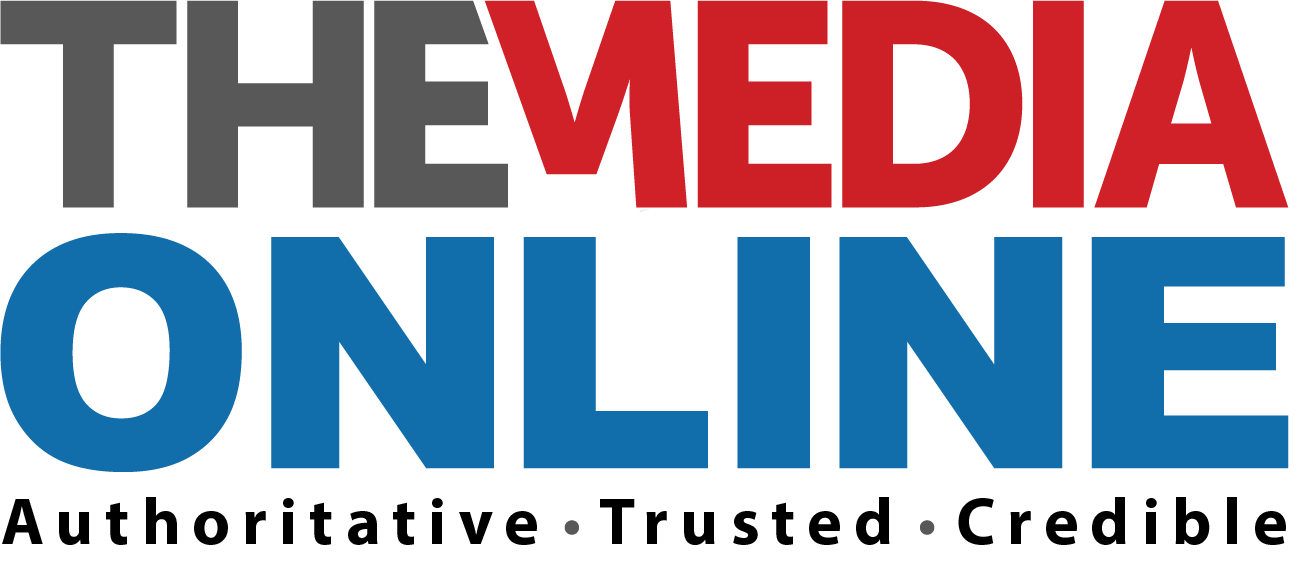It published, uninterrupted, for 78 years. But in May 2020, Caxton pulled the plug on rooi rose and the rest of its stable of magazines when Covid-19 “dealt a death blow” to its magazine operations.
The venerable Afrikaans women’s general interest title was sold, picked up by Habari Media along with other Caxton titles such as Garden & Home, Bona and Women & Home.
This week, Novus Media announced it had acquired rooi rose, to be edited by Anlie Janse van Rensburg, who says the focus is on “quality, community, and the enduring appeal of a physical product”.

She describes the vision for rooi rose as ” a breath of fresh air for sophisticated women of all ages who take pride in their appearance, home, loved ones, and overall well-being. Whether married, single, in a relationship, a mother, a career woman, or a homemaker, the rooi rose reader embodies a dynamic, modern lifestyle,” says Janse van Rensburg.
Glamorous but affordable
Content pillars include fashion and beauty tips, recipes and the latest décor trends. “The content is glamorous yet practical and affordable, making it the go-to choice for women who know what they want,” says Janse van Rensburg.
Hearst Magazine CEO Katie Vanneck-Smith, recently interviewed by Campaign magazine, said of the move to digital magazines: “Everyone started doing the same thing. The resultant experience was nothing like a magazine experience. It had none of the joy, the space or the serendipity.” She said print magazines serve as a “creative canvas” and is convinced of their new appeal – even to Gen Z audiences.
On the same page
Janse van Rensburg is on the same page.
“The future of print magazines is one of niche specialisation,” she reckons. “Quality curated articles written by experienced journalists, giving the reader market what appeals to them, offering a blissful experience while taking a break from screen time is what is important.”
She points out that print magazines offer valuable experiences that cannot be replaced by digital. “So many readers say they like to feel and smell the paper, to be able to put the magazine on the kitchen table making a recipe from the recipe pages without having to touch the phone every few minutes when the screen goes dark, to put the magazine in your handbag and read while waiting for their child at school,” she adds.
“This makes print ideal for luxury brands, niche interests (e.g., beauty, décor, fashion, food), that benefits from a less distracted reading environment.”
Advertising prospects
The move doesn’t necessarily translate into an automatic increase in advertising, however. Janse van Rensburg’s take is that digital disruption and economic pressures played a huge part in the decimation of the magazine market.
“The ‘pie’ is smaller as readership has migrated to digital platforms, and advertising budgets have followed suit, making revenue generation significantly harder for print titles,” she says/ “Rising production costs (paper, printing, distribution) further squeeze margins in a shrinking market.”
But… “The decimation has also forced innovation. Surviving magazines are those that focus on niche markets, offering highly curated content and an experience that digital often lacks, and those readers are willing to pay to have the printed copy experience”, she believes.
Asked what media agencies need to know about rooi rose V3, she says, “Media agencies considering advertising in rooi rose need to understand its unique positioning in the South African market. As an established Afrikaans-language women’s lifestyle magazine, it targets a sophisticated female demographic across various life stages – from career women to homemakers, married or single. These readers value content related to fashion, beauty, home décor, recipes, health, and inspiring real-life stories”.
Afrikaans is thriving
And she adds, “rooi rose focus on high-quality, curated content written by experienced and well known journalists. Its long-standing reputation and connection with its audience foster trust and loyalty, making it a credible platform for brands.
“Advertisers would have access to the Afrikaans speaking female, to a brand that is trusted, to a more focused reader making engagement with advertisements deeper.”
Janse van Rensburg says Afrikaans media is going nowhere but up. “Afrikaans just turned 100 years in May this year. Afrikaans is not a dying language. The challenges include a relatively smaller core audience and increasing living costs, however, the strong cultural identity and community loyalty among Afrikaans speakers provide a solid foundation.”














